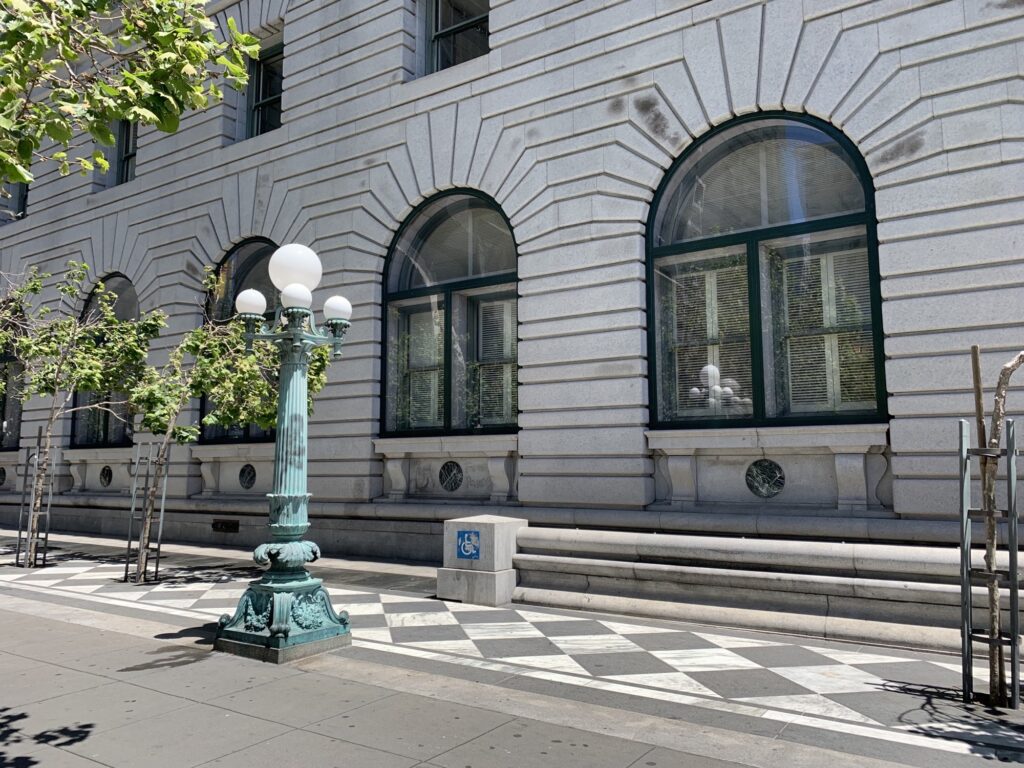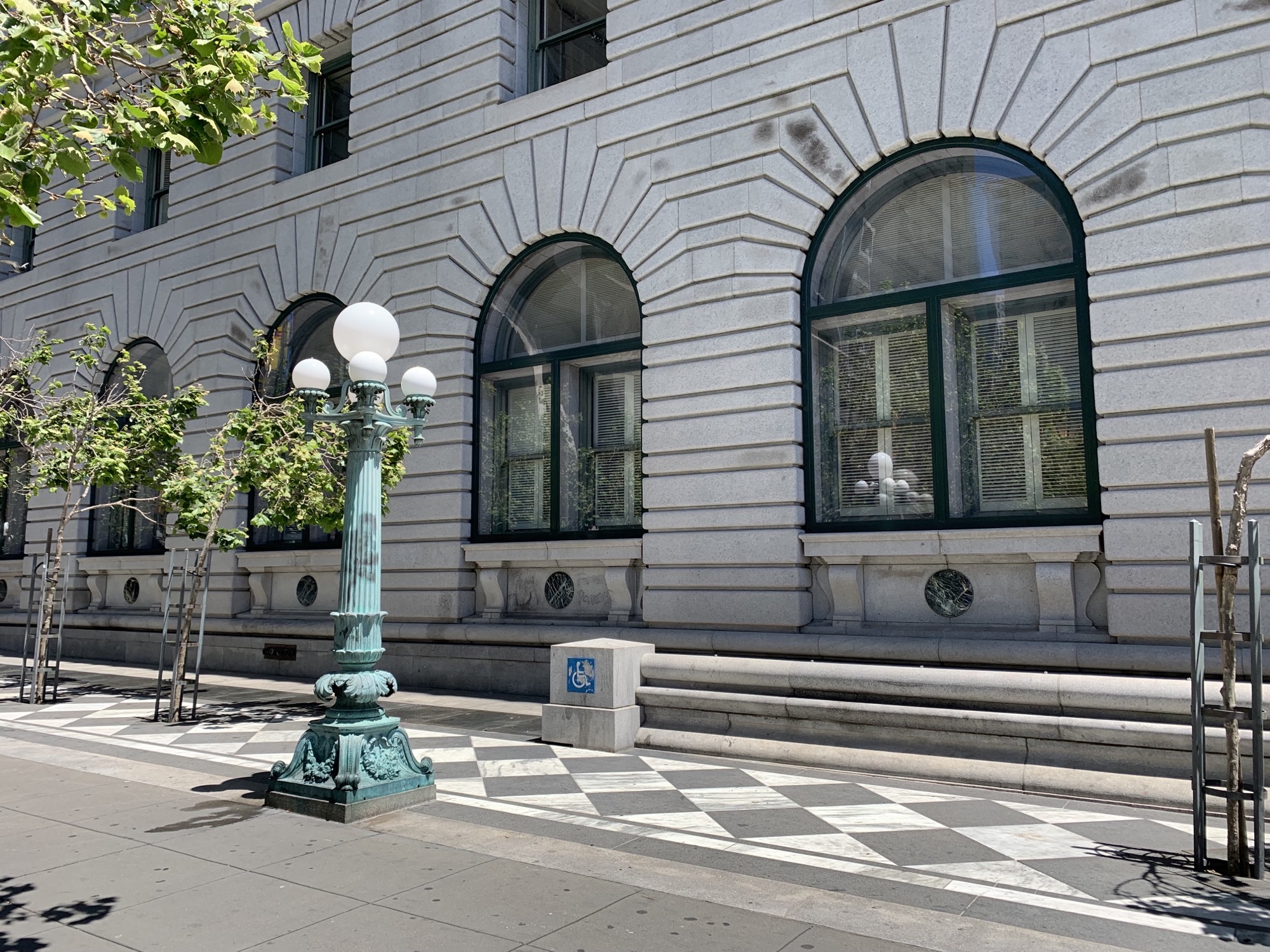Government buildings are among the most critical structures in any society. They house essential operations, sensitive information, and key decision-makers, making them high-profile targets for various security threats.
Whether it's a city hall, courthouse, law enforcement agency, or federal building, these facilities must be protected against threats to ensure public safety and the continuity of government operations. The right security measures can prevent unauthorized access, deter criminal activity, and protect both personnel and infrastructure.
Why Is Government Building Security Important?
Government buildings serve as the backbone of public administration and essential services. These facilities house vital documents, confidential data, and valuable assets that must be safeguarded against theft, vandalism, and damage.
Additionally, many government buildings serve as public gathering spaces, where citizens interact with officials, pay taxes and other fees, or seek government assistance. This high level of foot traffic makes them vulnerable to various types of active threats, including acts of terrorism.
Securing government buildings not only protects critical infrastructure, but also ensures the safety of employees, visitors, and the continuity of government functions.
Without adequate security measures, government facilities can become easy targets for criminals, extremists, or hostile actors seeking to disrupt government operations. Implementing comprehensive security solutions is essential to mitigate these risks effectively.
What Are the Top Threats to Government Building Security?
Forced Entry and Burglary
Government buildings often contain sensitive information, valuable equipment, and financial resources that can attract criminals.
Forced entry attempts can be carried out by burglars looking for financial gain or by individuals seeking to steal confidential documents.
Mitigating forced entry requires a range of government building security measures, including impact-resistant doors and windows, reinforced locking mechanisms, and security personnel trained to respond to intrusion attempts.
Civil Unrest (Rioting and Looting)
During times of political turmoil, protests can escalate into riots, putting government buildings at risk of vandalism, looting, and violence. Rioters may break windows, damage doors, or breach entry points in an attempt to disrupt government functions or make a political statement.
To minimize damage during civil unrest, government buildings should be equipped with security glazing that can withstand impacts from projectiles, as well as reinforced entryways that prevent unauthorized access.
Temporary barriers, crowd control measures, and rapid response security teams can also play a crucial role in protecting these facilities during flare-ups of civil unrest.
Terrorist Attacks
Government buildings are high-profile targets for terrorist organizations or lone-wolf attackers seeking to cause destruction, instill fear, or disrupt public services.
Such attacks can come in many forms, including bombings, armed assaults, or vehicle-ramming incidents. These threats require a multi-layered security approach that includes both physical barriers and intelligence-driven threat detection systems.
Key mitigation strategies include installing ballistic-grade and blast-resistant security glazing, restricting vehicle access with bollards and barriers, implementing access control systems, and training personnel on emergency response protocols. Surveillance and threat monitoring can also help identify potential risks before they escalate into full-scale attacks.
Storms and Other Natural Disasters
Severe weather and other natural events, such as hurricanes, tornadoes, and earthquakes, pose a significant risk to government buildings. High winds and flying debris can shatter windows, while flooding or structural damage can compromise the integrity of the building.
Government facilities must be designed to withstand such natural disasters to ensure they remain operational in times of crisis.
Storm-resistant security glazing, impact-resistant doors, and reinforced building materials can help protect government buildings from extreme weather conditions. Emergency preparedness plans, backup power systems, and evacuation protocols are also essential for maintaining safety during natural disasters.

Government Building Security Solutions
High-Security Doors and Windows
One of the most effective ways to harden government building security is to reinforce all potential entry points. Doors and windows are the most vulnerable parts of any structure, making them prime targets for forced entry.
Riot Glass security glazing is a powerful solution for government buildings looking to reinforce glass doors and windows against all types of impacts. This retrofit security glazing is designed to withstand determined forced entry attempts, impacts from riots, and even ballistic threats, offering an added layer of protection without requiring full window replacements.
QMi window security screens are another worthwhile investment for securing vulnerable windows and vents. These screens are built to resist forced entry while maintaining minimal visual impact, attach easily to your structure, and maintain their integrity under sustained attack.
Access Control Systems
Modern access control solutions, such as keycard systems, biometric scanners, and visitor management software, allow only authorized individuals to enter restricted areas.
By implementing tiered access levels, government facilities can ensure that sensitive areas remain secure while still allowing the public to access non-sensitive spaces.
Surveillance and Alarm Systems
An integrated government building security system with modern surveillance cameras and alarms can help detect and deter threats before they escalate.
High-resolution cameras, motion sensors, and real-time monitoring software enable security teams to track suspicious activity, identify potential intruders, and respond swiftly to threats.
Security Personnel and Employee Training
Even with the best physical security measures in place, trained personnel remain one of the most valuable assets in government building security.
Both armed and unarmed security guards provide a visible deterrent against criminal activity and can quickly intervene during security incidents.
Additionally, government employees should receive regular training on emergency protocols, active threat response, and other security-related best practices to ensure they can react appropriately in high-risk situations.
Conclusion
Government buildings face a range of security threats, from forced entry and civil unrest to terrorist attacks and natural disasters.
Protecting these critical facilities requires a comprehensive, multi-layered approach that includes reinforced security glazing, impact-resistant doors, window security screens, access control systems, surveillance technology, and well-trained security personnel.
To learn more about how QMi Security Innovations can help protect your government facility, contact us today for expert guidance and customized security solutions.

